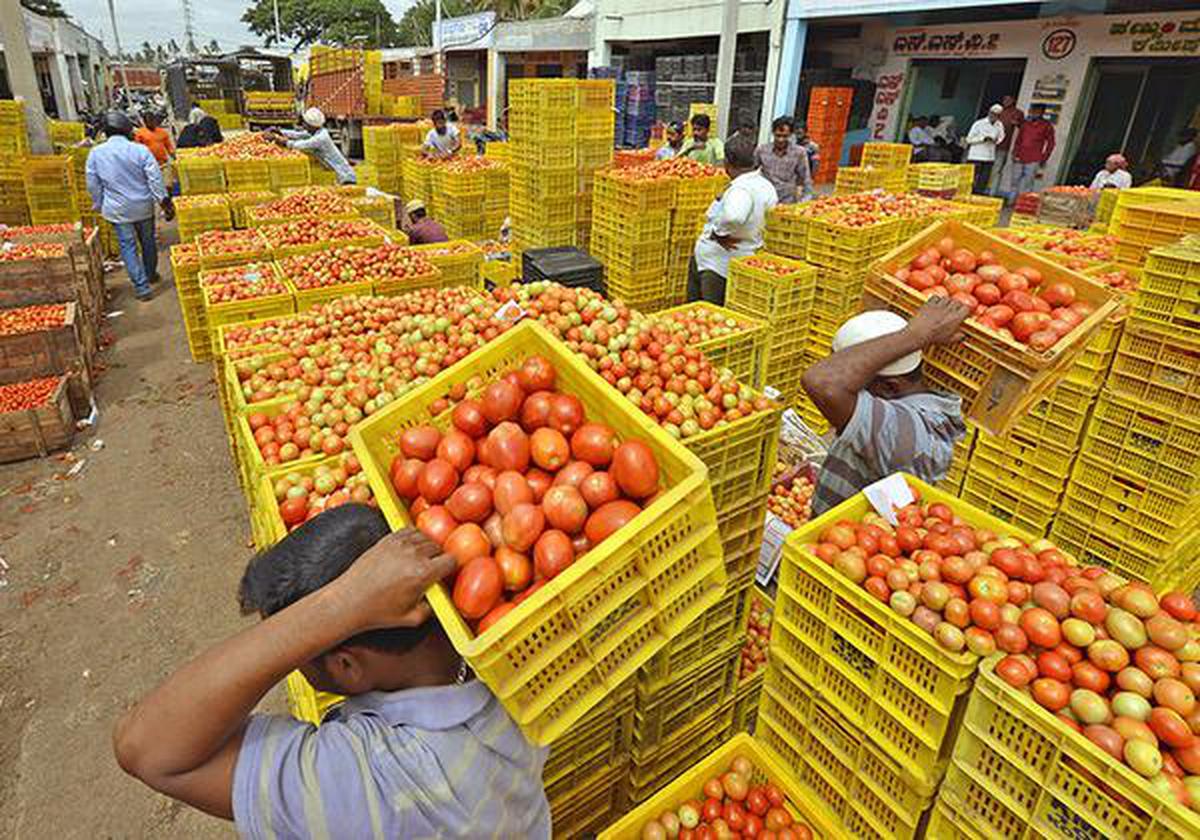
The price of tomatoes has experienced significant fluctuations recently, with the cost doubling from ₹20 to ₹40 per kg in June and reaching as high as ₹100 per kg in July. This volatility in tomato prices is not a new phenomenon and has often contributed to overall inflation in the country.
Tomato production in India is regionally concentrated, with key producing states being Andhra Pradesh, Madhya Pradesh, Karnataka, Odisha, and Gujarat, which collectively contribute to almost 50% of the total tomato production, according to data from the Ministry of Agriculture and Farmers Welfare. When combined with yields from other states like Chhattisgarh, West Bengal, Tamil Nadu, Bihar, Maharashtra, Uttar Pradesh, Haryana, and Telangana, these states account for about 90% of the total tomato production.
The price fluctuations of tomatoes can be attributed to various factors, including adverse weather conditions like unseasonal rains, which can damage crops and lead to reduced supply. Additionally, transportation and distribution challenges, post-harvest losses, and supply chain disruptions can contribute to price volatility. The concentrated regional production makes the market vulnerable to disruptions in these key producing areas. In recent times, the impact of the COVID-19 pandemic on supply chains and market dynamics has also played a role in price fluctuations.
The volatile nature of tomato prices underscores the need for better supply chain management, storage facilities, and risk mitigation strategies to stabilize prices and ensure consistent availability of this essential vegetable in the market.









